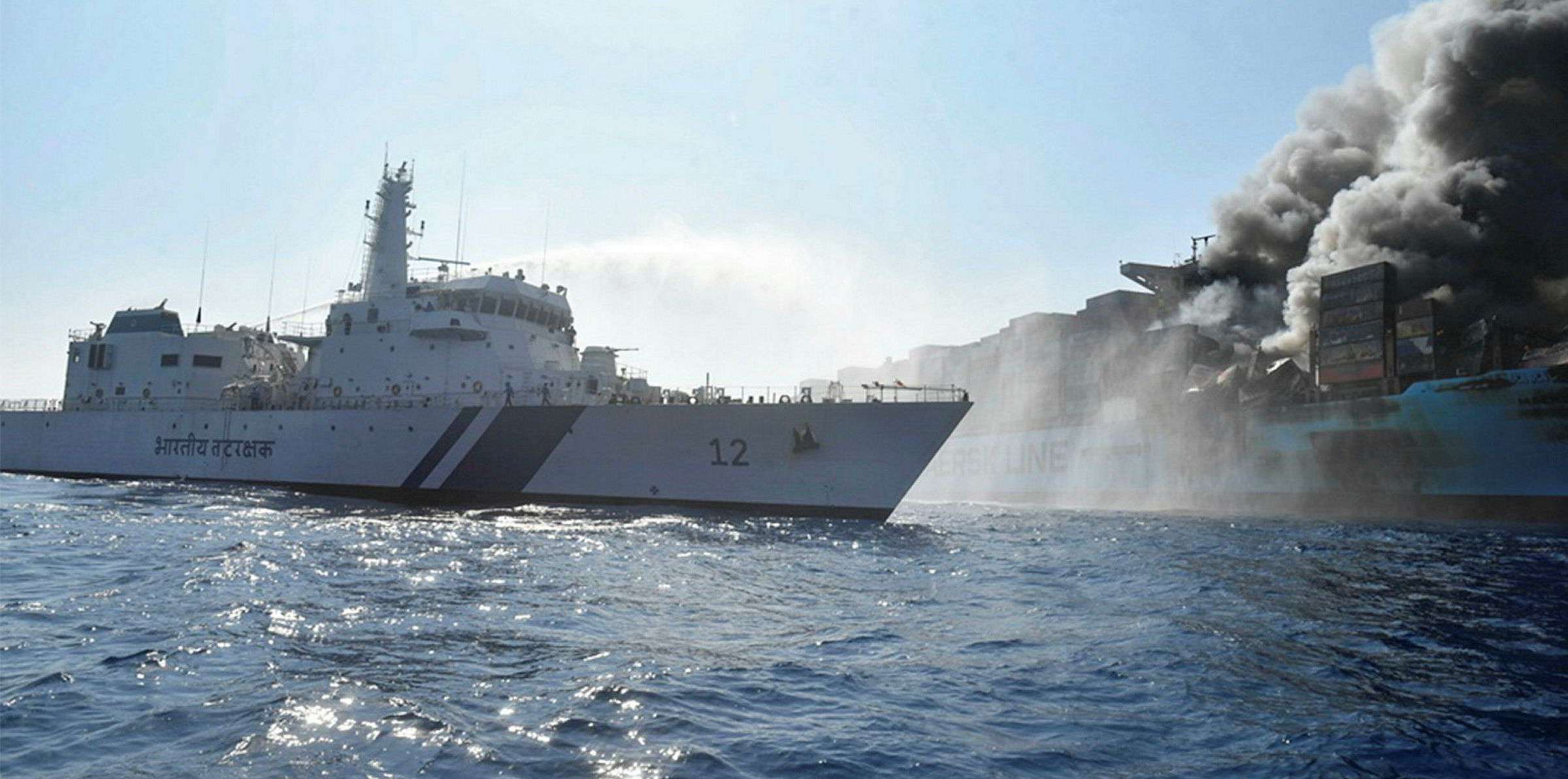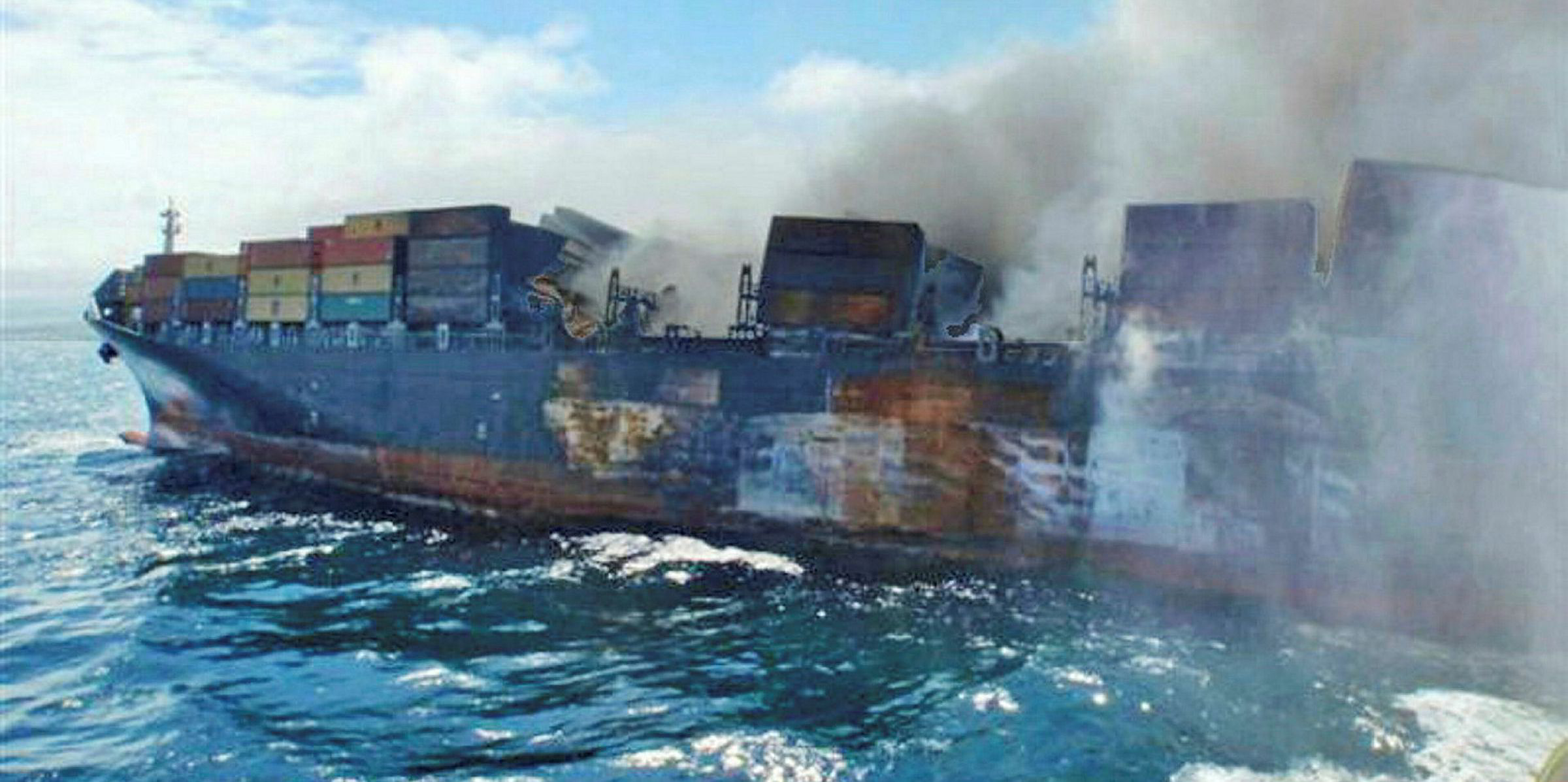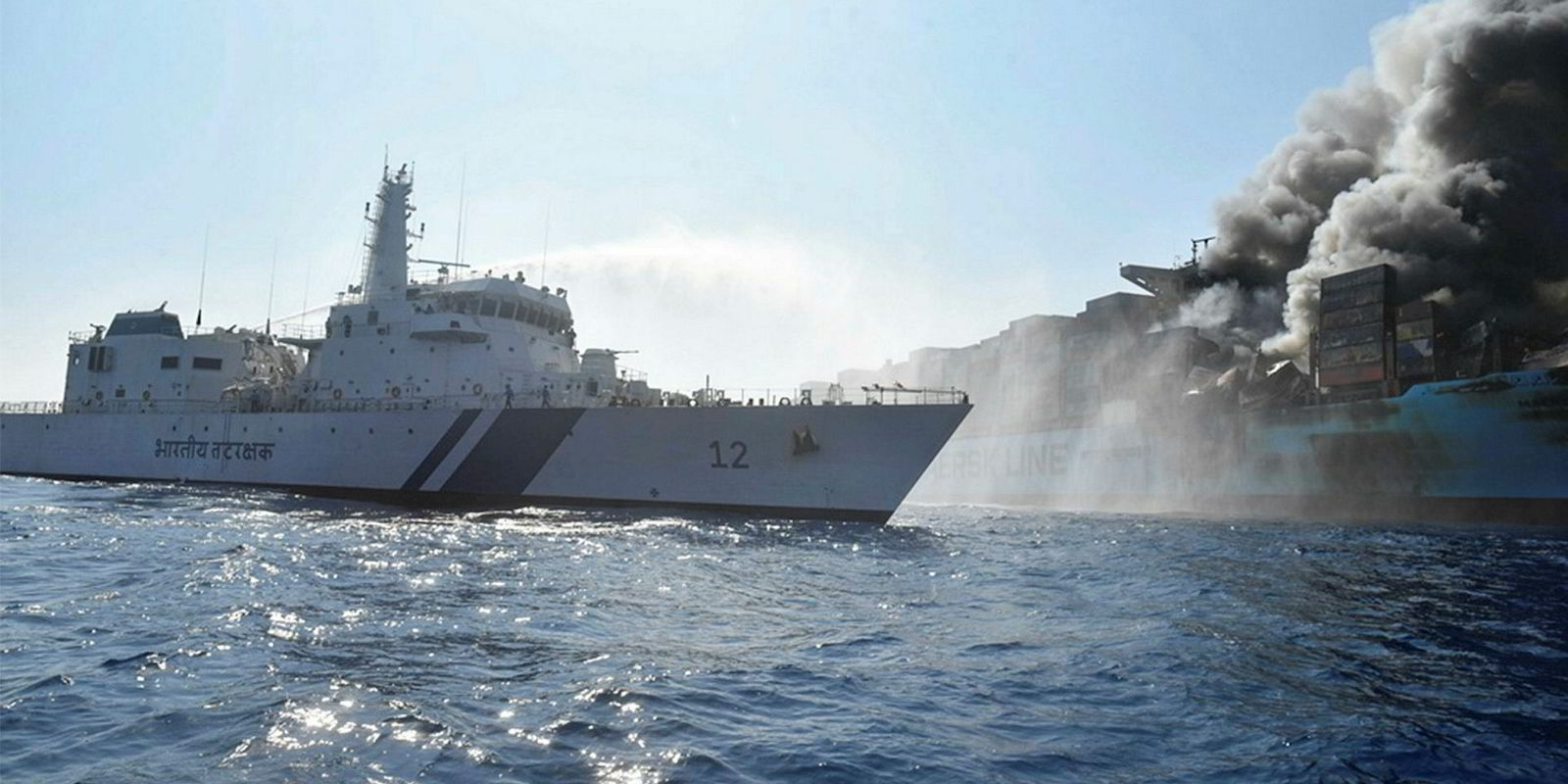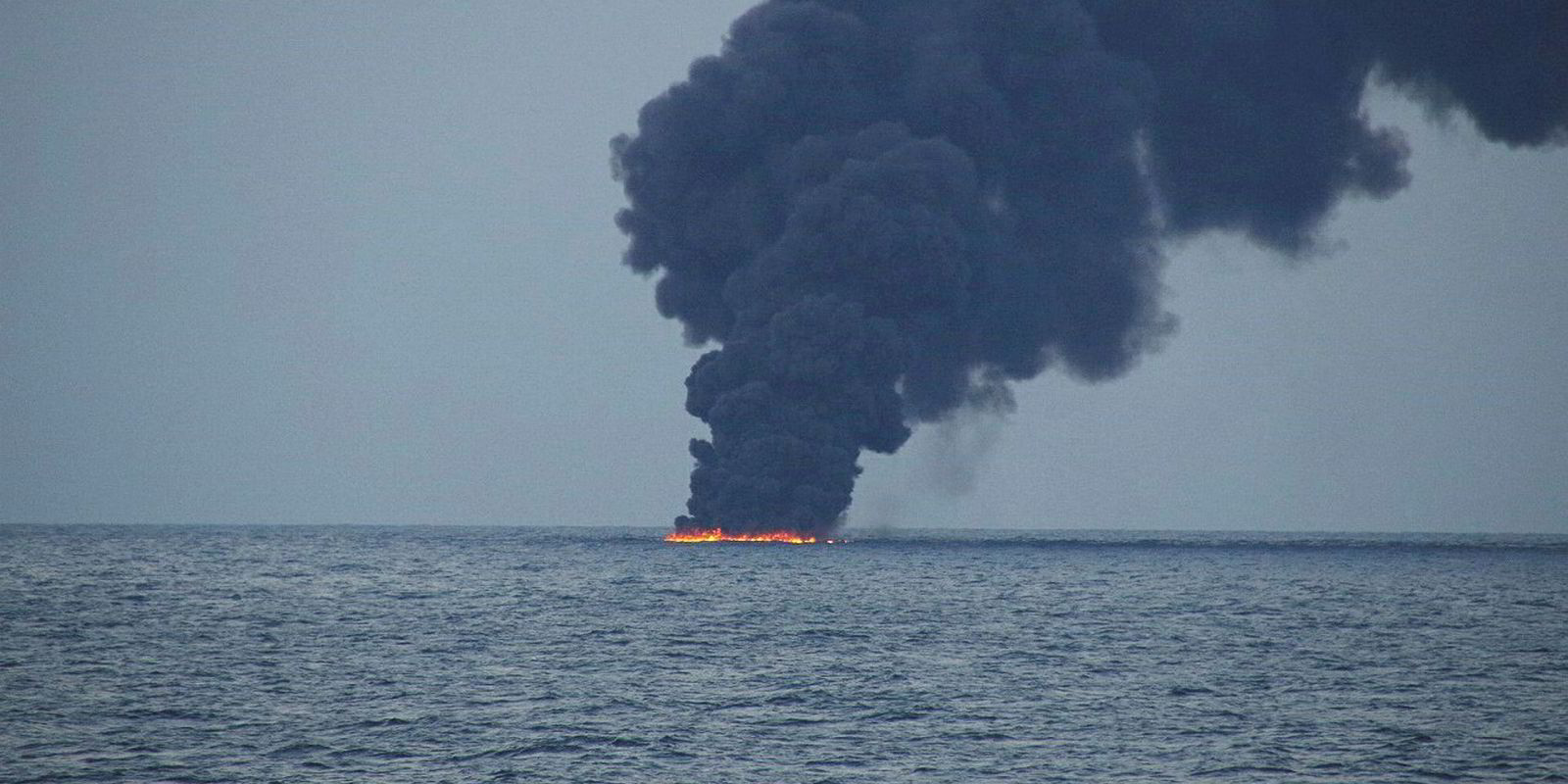Insurers are finalising a package of safety proposals aimed at combating containership fires, with a view to presenting them to the IMO to be mandated.
The measures are being drawn up by the International Union of Marine Insurance (IUMI) in response to one of shipping’s biggest safety problems: boxship fires, which are currently occurring every two months.
The worst cases, such as the recent blaze on the 15,000-teu Maersk Honam (built 2017), have led to catastrophic results.
The initiative also comes as a leading salvage expert has called for container operators to install firebreaks on existing and new containerships to help protect seafarers' and salvors' lives.
Rewriting the rules
The IUMI initiative is being led by Uwe-Peter Schieder, head of marine and loss prevention at the German Insurance Association (GDV).
GDV’s position is that the current rules under the Safety of Life at Sea (Solas) convention are unsuitable for boxships, especially the new generation of ultra large containerships.
Under Solas, boxship fires are allowed to burn out but the GDV points out that with ultra large containerships the danger of a fire spreading increases considerably.
As such, it believes the rules should be updated.

Containing fires
The IUMI wants divisions such as bulkheads and hatch covers, both below and above decks, to establish a series of barriers to help stop a fire from spreading.
These divisions, it says, could be installed without affecting a vessel's cargo capacity.
In addition, a sprinkler system, drawing on sea water, could be used to create a series of water curtains that would both help to contain a fire and cool a ship’s structure.
The sprinkler system would act independently of a ship's CO2 firefighting system.
Fire detection and monitoring systems are also to be included in the package of measures.

Refining guidelines
Schieder told TradeWinds that the ideas are currently being refined and will undergo an independent technical appraisal and safety assessment.
Following that, Schieder said he would like to secure the support of a national government to sponsor the measures for consideration by the IMO.
We are putting crew in a position where their lives are at risk. There are up to 100 products in each container and, on a 20,000-teu ship, thousands of products that can go bang
The final stage, he added, would be to mandate the safety proposals under the Solas convention.
With the world’s largest community of boxship owners residing in Germany, its federal government could be a natural sponsor for the proposals. While updating the safety guidelines could also be attractive to IMO members.
Containership fires are not only the cause of huge financial losses in the insurance market, but they also cause significant loss of life.
Five seafarers died in the 15,000-teu Maersk Honam (built 2007) fire, two onboard the 4,000-teu Hanjin Pennsylvania (built 2002) and three on the 6,732-teu MSC Flaminia (built 2001).
At the IUMI annual conference in Cape Town last week, Nick Sloane, a salvage master at Resolve Marine, urged containership operators to take action to help protect lives.
He said there are insufficient firebreaks on containerships, and called for three strategically placed container rows on ultra large containerships to be stripped out and replaced with fire breaks.
Safety costs
However, he admitted that his proposal is unlikely to be taken up given the financial consequences for operators.
“I am not sure the idea will take hold,” he said. “But as a responder, we need at least a couple of fire breaks installed on ships, maybe more.”
“We are putting crew in a position where their lives are at risk. There are up to 100 products in each container and, on a 20,000-teu ship, thousands of products that can go bang.”
“How long will it be before these ships become uninsurable?” he asked.





